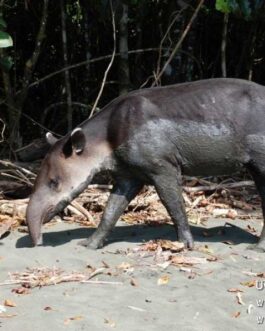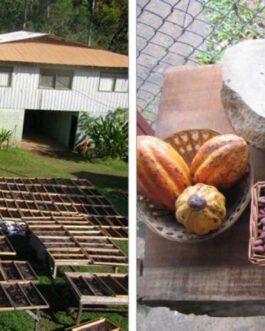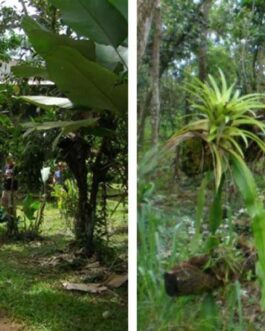Corcovado Day Tour from Uvita by Pacific Expeditions
$150.00
The Corcovado National Park preserves the last portion of the Tropical Humid Forest of the Meso american Pacific. Its location, its climatic characteristics, the capricious condition of its soils and its topography, make this site the home of an amazing diversity of biological species.

Description
The Corcovado National Park preserves the last portion of the Tropical Humid Forest of the Meso american Pacific. Its location, its climatic characteristics, the capricious condition of its soils and its topography, make this site the home of an amazing diversity of biological species.
It has a flora that adds thousands of species, many of which have a restricted distribution and that have disappeared in other regions, as well as the fauna that stands out because of the diversity of its species, even more so if we consider that a large number figure in the list of those in danger of extinction.
Highlights
Hike lush rain forests, howl with howler monkeys, relax with a sloth, sing with birds, and investigate millions of insects during your tour of Corcovado National Park in the Osa Peninsula! Corcovado National Park is famous for holding 3% of the biodiversity on this side of the planet.
(The Corcovado National Park is one of Costa Rica’s best nature spots for eco-tourism! The number of visitors allowed per day is regulated and reservations fill up quickly.)
Itinerary
The tour begins in uvita with an excursion of 1 hour with approximately 45 minutes by boat to San Pedrillo station in the Corcovado National Park.
In this dense forest there are more than 400 types of birds that the guide will help you locate; In addition, there is a great possibility to see the species of monkeys and the armies of ants that trace a fierce path through the forest.
Its location, its climatic characteristics, the capricious condition of its soils and its topography, make this site the home of an amazing diversity of biological species. Because of the richness of the area, it has aroused an interest among Costa Rican scientists and other countries to develop research projects and scientific studies, as well as promoting environmental education.
The most characteristic flora species are the Nazareno, the poponjoche, the guayabón, the sangregao, the ojoche, the espavel and the male cedar, among others.
The park protects several species that are in danger of extinction such as felines and large reptiles; It also protects endemic or restricted distribution species. The existence of 104 species of mammals, 367 of birds, 117 of amphibians and reptiles and 40 species of freshwater fish is known. Among the most outstanding fauna, we find the tapir, the jaguar, the puma, the ocelot, the giant anteater, the white-faced; monkeys such as the congo, the white, the red and the squirrel; scarlet macaws, white sparrowhawk, water cock and grenadier. In addition, the king of vultures, the mountain hen, the purple pigeon, the bucco-billed toucan or curré, the catano or zapoyol, the kingfisher, the cacique and several species of hummingbirds. The park is one of the most important sites in the conservation area, for the protection of the lizard and the crocodile.




















































